Harlan Krumholz
Learning to Ask Medical Questions using Reinforcement Learning
Mar 31, 2020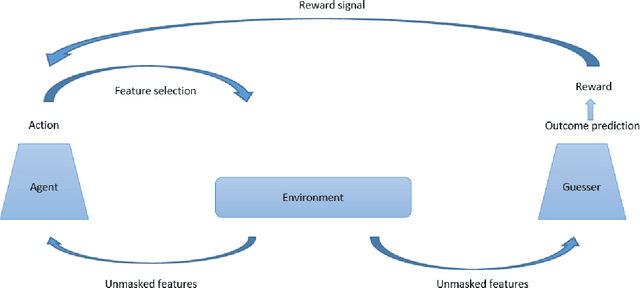
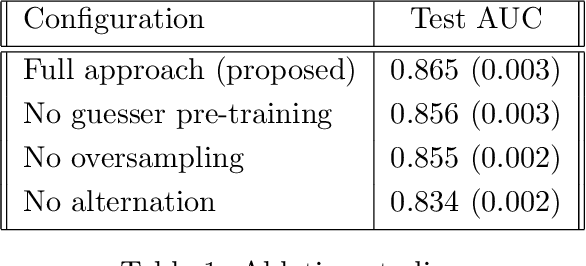
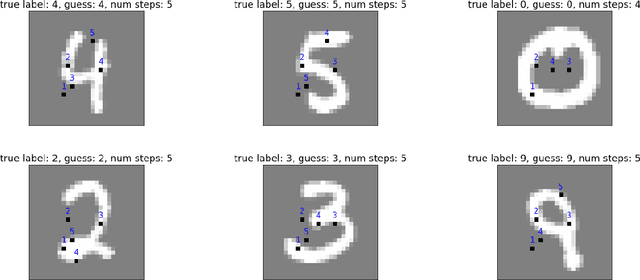
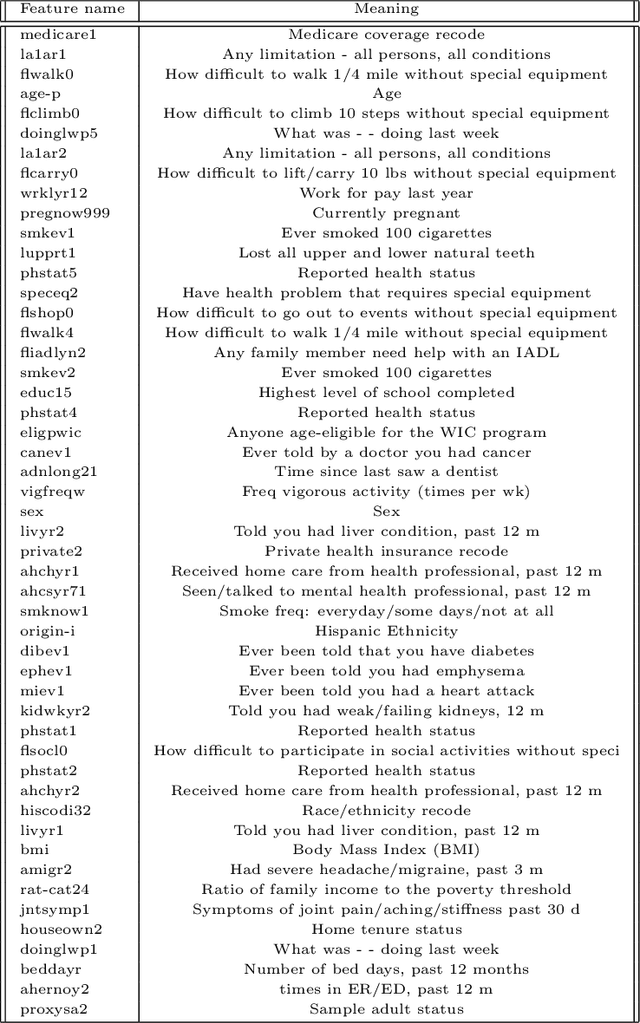
Abstract:We propose a novel reinforcement learning-based approach for adaptive and iterative feature selection. Given a masked vector of input features, a reinforcement learning agent iteratively selects certain features to be unmasked, and uses them to predict an outcome when it is sufficiently confident. The algorithm makes use of a novel environment setting, corresponding to a non-stationary Markov Decision Process. A key component of our approach is a guesser network, trained to predict the outcome from the selected features and parametrizing the reward function. Applying our method to a national survey dataset, we show that it not only outperforms strong baselines when requiring the prediction to be made based on a small number of input features, but is also highly more interpretable. Our code is publicly available at \url{https://github.com/ushaham/adaptiveFS}.
A Neural Topic-Attention Model for Medical Term Abbreviation Disambiguation
Oct 30, 2019
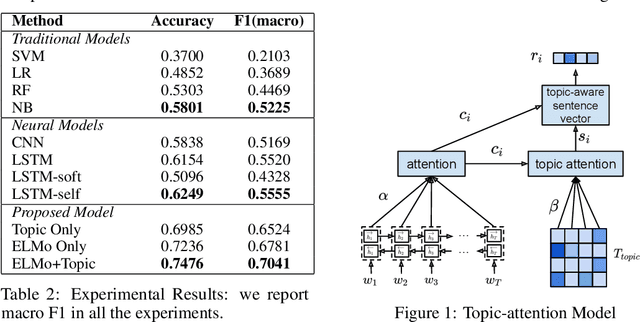
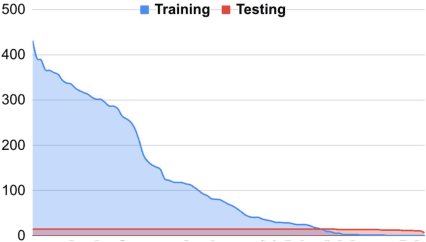
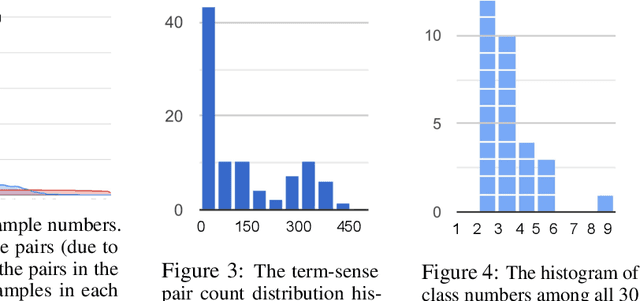
Abstract:Automated analysis of clinical notes is attracting increasing attention. However, there has not been much work on medical term abbreviation disambiguation. Such abbreviations are abundant, and highly ambiguous, in clinical documents. One of the main obstacles is the lack of large scale, balance labeled data sets. To address the issue, we propose a few-shot learning approach to take advantage of limited labeled data. Specifically, a neural topic-attention model is applied to learn improved contextualized sentence representations for medical term abbreviation disambiguation. Another vital issue is that the existing scarce annotations are noisy and missing. We re-examine and correct an existing dataset for training and collect a test set to evaluate the models fairly especially for rare senses. We train our model on the training set which contains 30 abbreviation terms as categories (on average, 479 samples and 3.24 classes in each term) selected from a public abbreviation disambiguation dataset, and then test on a manually-created balanced dataset (each class in each term has 15 samples). We show that enhancing the sentence representation with topic information improves the performance on small-scale unbalanced training datasets by a large margin, compared to a number of baseline models.
Automated Characterization of Stenosis in Invasive Coronary Angiography Images with Convolutional Neural Networks
Jul 19, 2018



Abstract:The determination of a coronary stenosis and its severity in current clinical workflow is typically accomplished manually via physician visual assessment (PVA) during invasive coronary angiography. While PVA has shown large inter-rater variability, the more reliable and accurate alternative of Quantitative Coronary Angiography (QCA) is challenging to perform in real-time due to the busy workflow in cardiac catheterization laboratories. We propose a deep learning approach based on Convolutional Neural Networks (CNN) that automatically characterizes and analyzes coronary stenoses in real-time by automating clinical tasks performed during QCA. Our deep learning methods for localization, segmentation and classification of stenosis in still-frame invasive coronary angiography (ICA) images of the right coronary artery (RCA) achieve performance of 72.7% localization accuracy, 0.704 dice coefficient and 0.825 C-statistic in each respective task. Integrated in an end-to-end approach, our model's performance shows statistically significant improvement in false discovery rate over the current standard in real-time clinical stenosis assessment, PVA. To the best of the authors' knowledge, this is the first time an automated machine learning system has been developed that can implement tasks performed in QCA, and the first time an automated machine learning system has demonstrated significant improvement over the current clinical standard for rapid RCA stenosis analysis.
 Add to Chrome
Add to Chrome Add to Firefox
Add to Firefox Add to Edge
Add to Edge